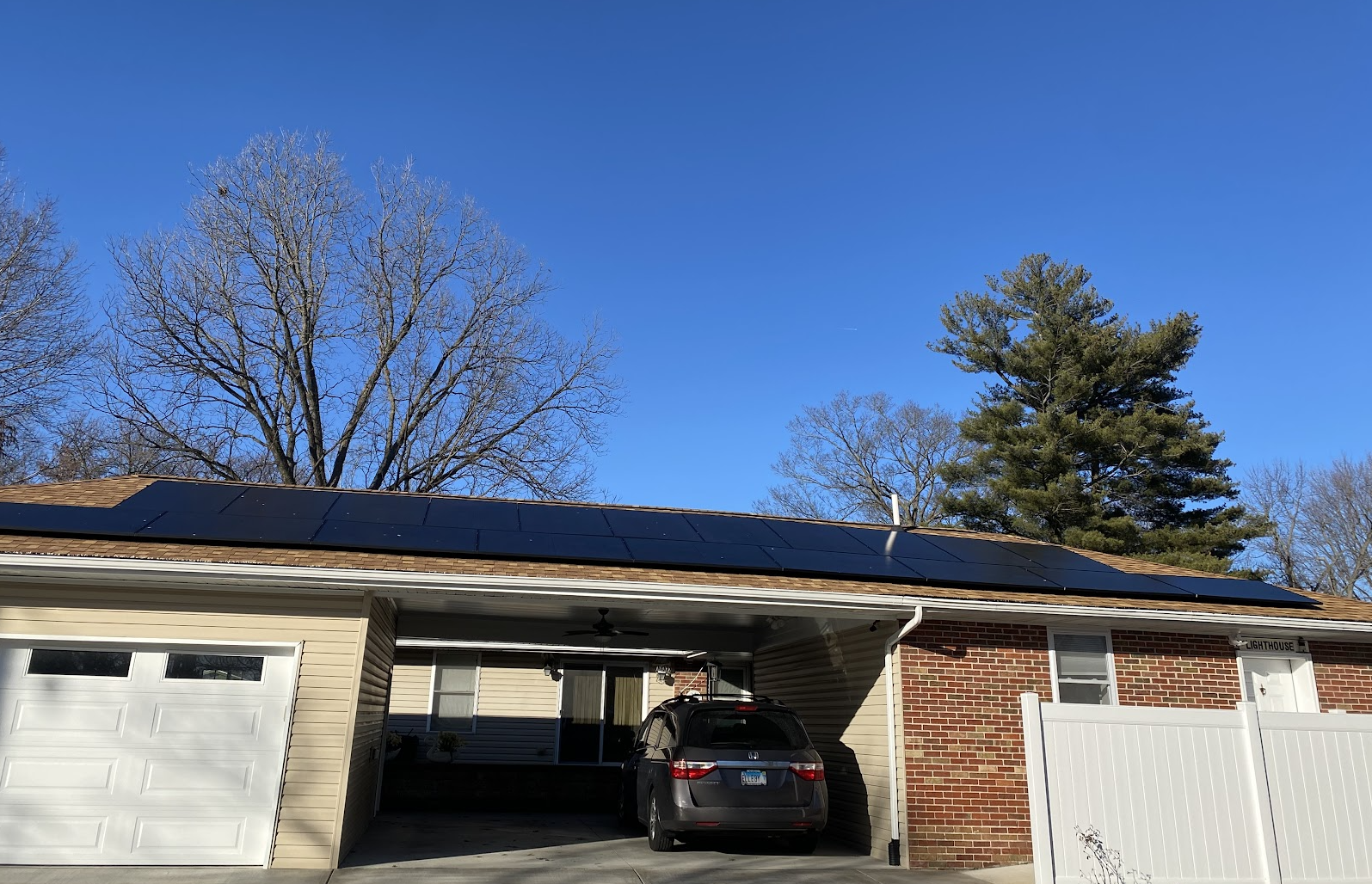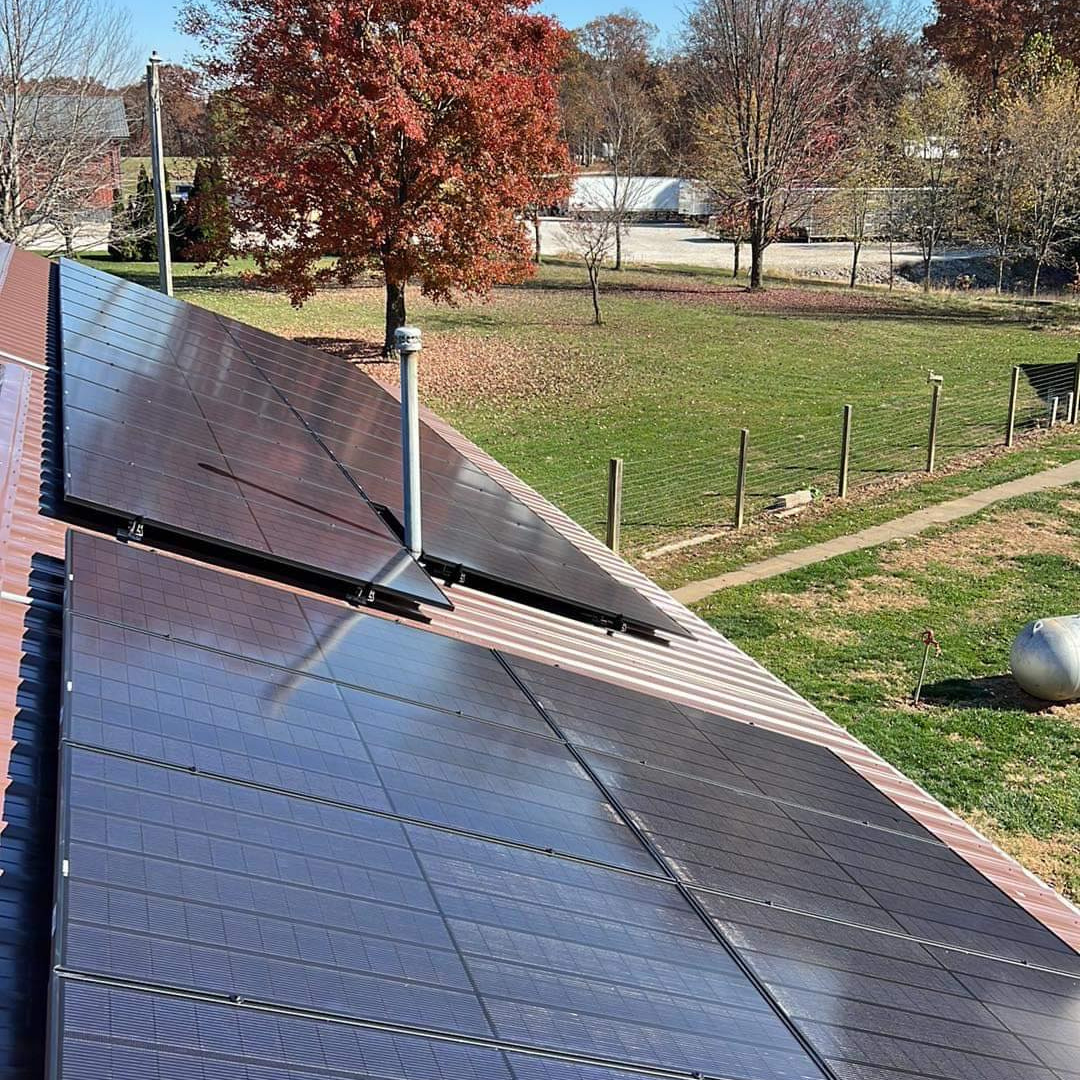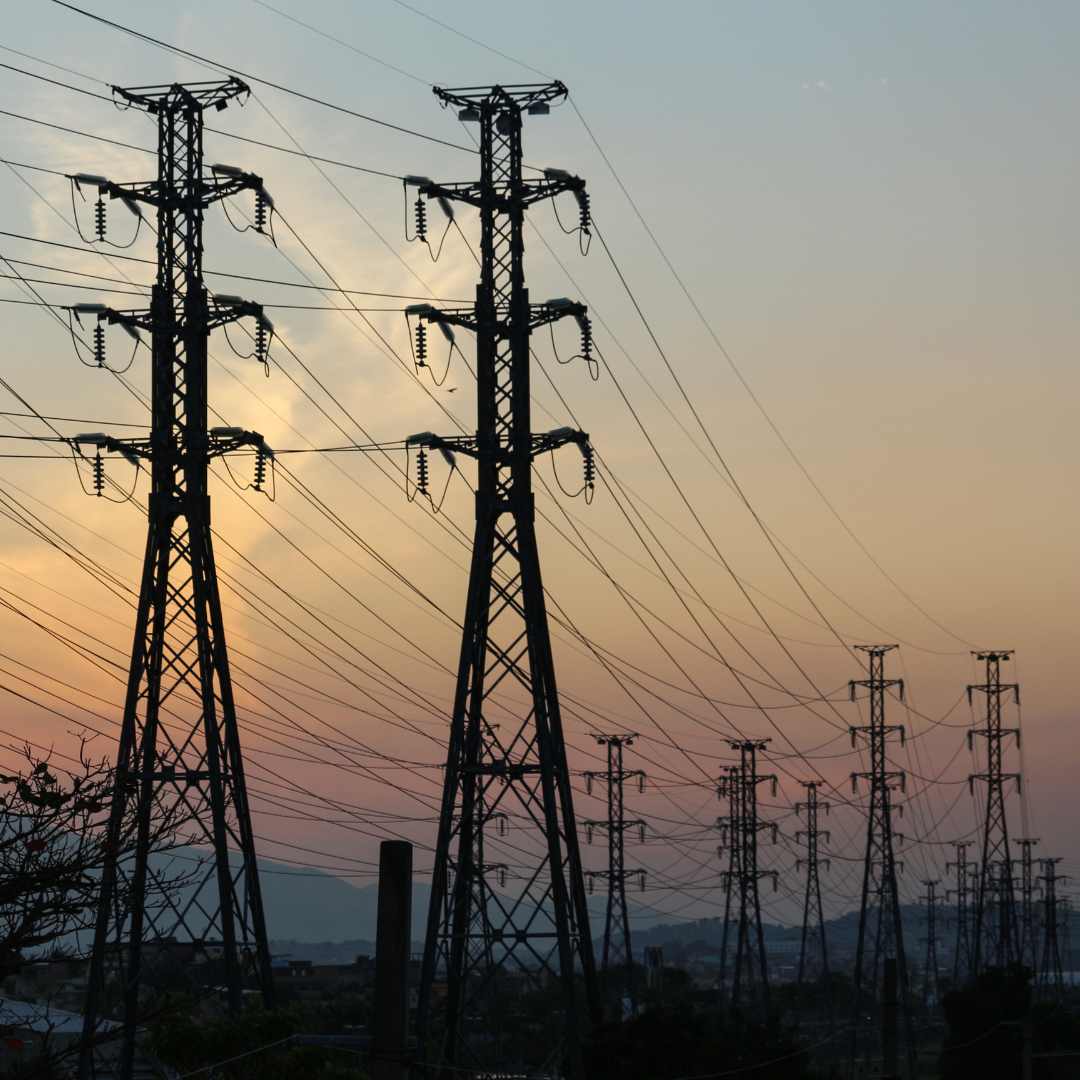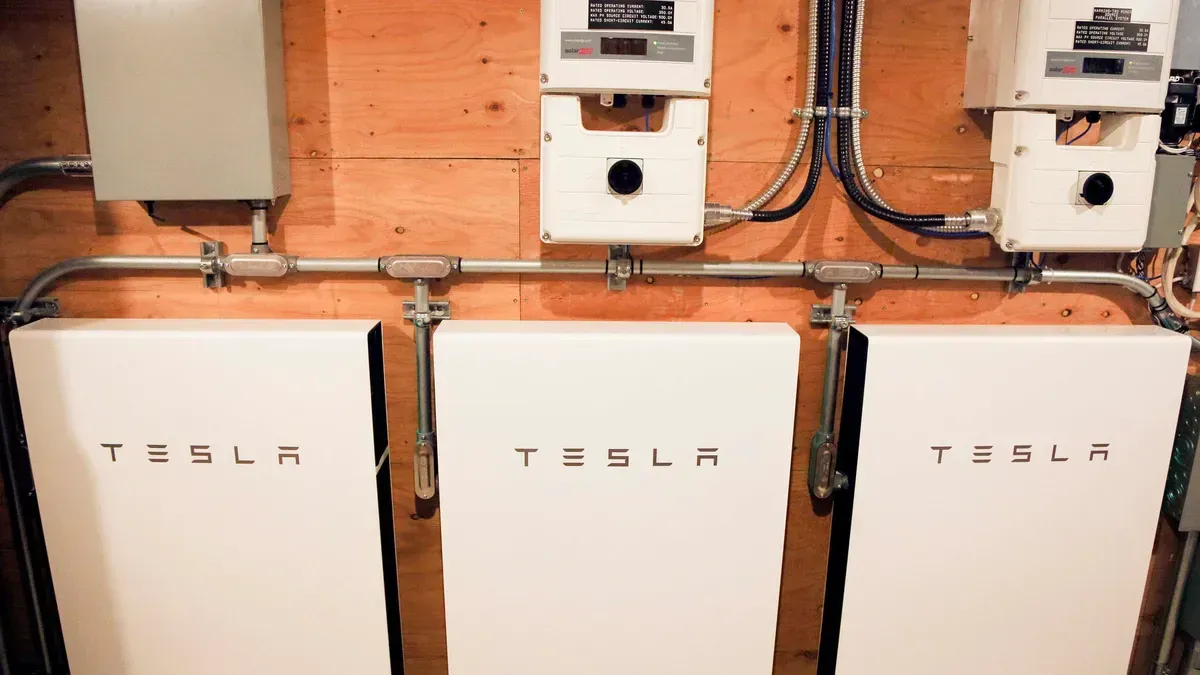Solar Cost per kWh vs Utility Cost per kWh
When considering solar power for your home or business, one of the first questions is often about cost. Specifically, how does the price per kilowatt-hour (kWh) of solar energy compare to traditional utility power? Let’s break it down.
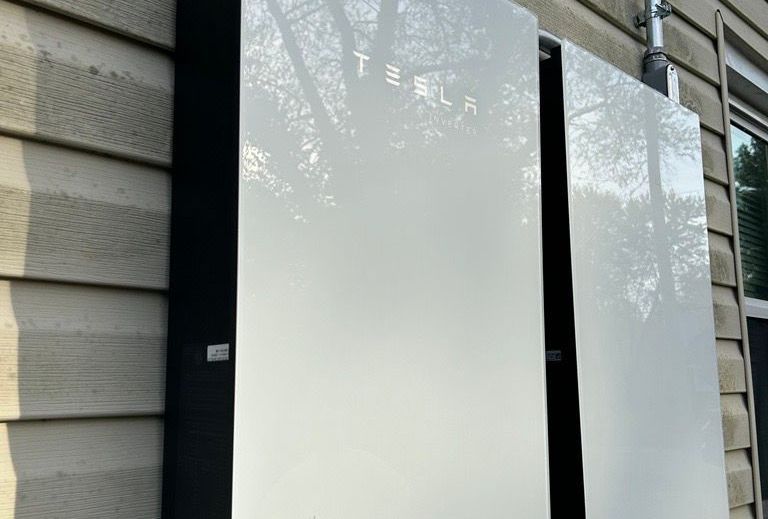
The Cost of Utility Power
The price you pay per kWh for electricity from your utility company depends on several factors, including your location, energy consumption patterns, and time of use. On average, residential utility electricity rates in the U.S. range from $0.13 to $0.25 per kWh, with some states experiencing much higher rates due to taxes, infrastructure costs, and fuel charges.
These rates can also be unpredictable. Fluctuations in fuel prices, regulatory changes, and seasonal demand can cause your electricity bill to rise unexpectedly. Additionally, utility companies often apply tiered pricing, meaning the more energy you use, the higher the rate you pay for each additional kWh.
Solar Energy: A Predictable Alternative
Solar power offers a unique advantage in that it provides a fixed cost for electricity over time. When you install a solar energy system, the upfront costs include equipment, installation, and possibly a battery storage system. Once installed, the ongoing costs are minimal—primarily limited to maintenance and inverter replacements every 10–15 years.
The average cost to produce solar energy ranges from $0.06 to $0.10 per kWh over the lifetime of the system, depending on your location and system efficiency. This rate remains consistent, unlike utility power rates that can increase annually.
Factors Impacting Solar Cost Per kWh
- Location and Sunlight: Areas with more sunlight hours and stronger solar radiation will yield higher energy production, reducing the cost per kWh.
- System Size: Larger systems benefit from economies of scale, potentially reducing the cost per kWh.
- Incentives: Federal tax credits, state rebates, and net metering programs can significantly lower the effective cost of solar energy.
Breaking Down the Savings
Suppose your utility rate is $0.18 per kWh and you install a solar system that produces electricity at $0.08 per kWh. Over 25 years, this $0.10 difference can translate into thousands of dollars in savings, especially as utility rates continue to rise.
For example, if your household uses 10,000 kWh annually, switching to solar could save you $1,000 per year. Over the system’s lifespan, these savings could exceed $25,000—and that’s before considering inflation and utility rate hikes.
Is Solar Worth the Investment?
In most cases, yes. While the upfront investment for solar can seem steep, financing options such as solar loans or leases can help spread out costs. Additionally, government incentives like the federal solar tax credit (currently 30% of installation costs) can reduce the financial burden.
When you factor in long-term savings, increased energy independence, and environmental benefits, solar power becomes a compelling alternative to traditional utilities. Plus, homes with solar installations often see increased property values, further enhancing the return on investment.
The Bottom Line
If you’re tired of fluctuating utility rates and looking for a more sustainable, cost-effective energy solution, solar power is worth exploring. By comparing the price per kWh, it’s clear that solar provides not only immediate savings but also long-term financial stability. With incentives, financing options, and reliable performance, solar energy is more accessible than ever—a true win for your wallet and the planet.
Source: Solar.com
